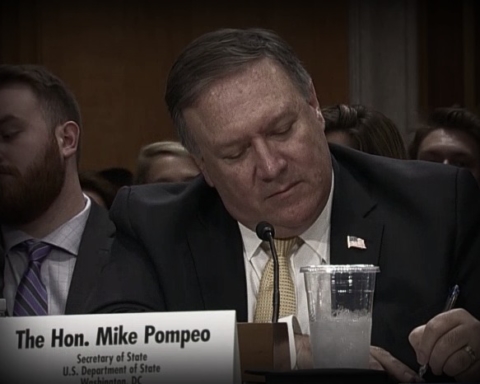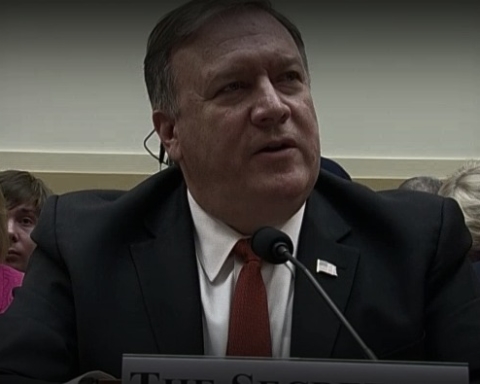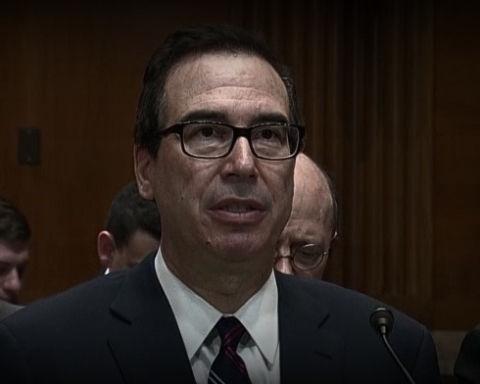A Pentagon development office left its Afghan partners without crucial assistance on a pipeline construction project that’s only about 80 percent complete, according to the Special Inspector General for Afghanistan Reconstruction (SIGAR).
The watchdog noted in a letter to Secretary of Defense Chuck Hagel that only 12 out of 15 kilometers of corroding Soviet-era pipeline was replaced before the office wound up Afghan field operations in November.
The Task Force for Business and Stability Operations (TFBSO) has left the remaining replacement of the Sheberghan-Mazar pipeline entirely to Afghan Gas Enterprise (AGE). While the company connected the first 12 kilometers of tubing, the prospect of continuing rehabilitation without the Defense Department’s technical assistance has diplomats worried.
“The officials stated that, by leaving AGE to complete the work without TFBSO assistance, the Afghan government would likely blame the US if a catastrophic failure occurs along the pipeline,” SIGAR wrote, referring to conversations it had with US Agency for International Development representatives and personnel at the US Embassy in Kabul.
US officials also noted that the remaining three kilometers of pipeline replacement “has yet to be tied in because of security concerns and the departure of security forces from the area.”
American diplomats also told SIGAR that TFBSO did not adequately probe the pipeline for damage before launching the project, and “only tested 29 discrete sites rather than the full length of the pipeline.”
A 2004 report compiled by a French engineering company found that the 89.1 kilometer Sheberghan-Mazar structure leaked high rates of fuel due to “corrosion, poor design, low quality welding and a lack of proper pipe supports.” The threat of danger posed by the disrepair, the report said, would rise in proportion to operating pressure.
The test of “29 discrete sites” conducted by TFBSO, however, only led to the 15 kilometer refurbishment project, despite the office noting that “the pipeline condition warrants eventual replacement.”
The Pentagon development arm also failed to install a “cathodic protection system” recommended by the French report “because it would be prohibitively expensive and time-intensive to install.” It dismissed the need for the safeguards based on AGE engineers’ observations, despite having told SIGAR that TFBSO recommended cathodic protection apparatus “for any new pipeline” AGE might build in the future.
In a response to SIGAR, TFBSO said the pipeline’s “temporary nature” and its “low operating pressure” don’t necessitate the use of the security system. SIGAR also noted that TFBSO agreed to recommend that AGE use gas leak detectors in the event of increased production, and to “wait until all replacement pipes were installed before incrementally increasing the operating gas pressure in the pipeline.”
Regardless, the inspector general’s office noted its concerns about the Afghan company’s ability to oversee construction and operations “without continued support and guidance,” and noted that the US Embassy in Kabul has “echoed our concern.”
TFBSO has had a hand in the Shebreghan-Mazar pipeline project since 2011.






